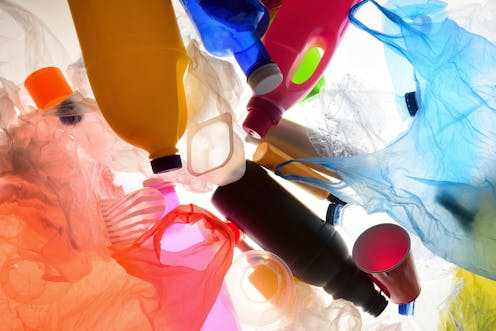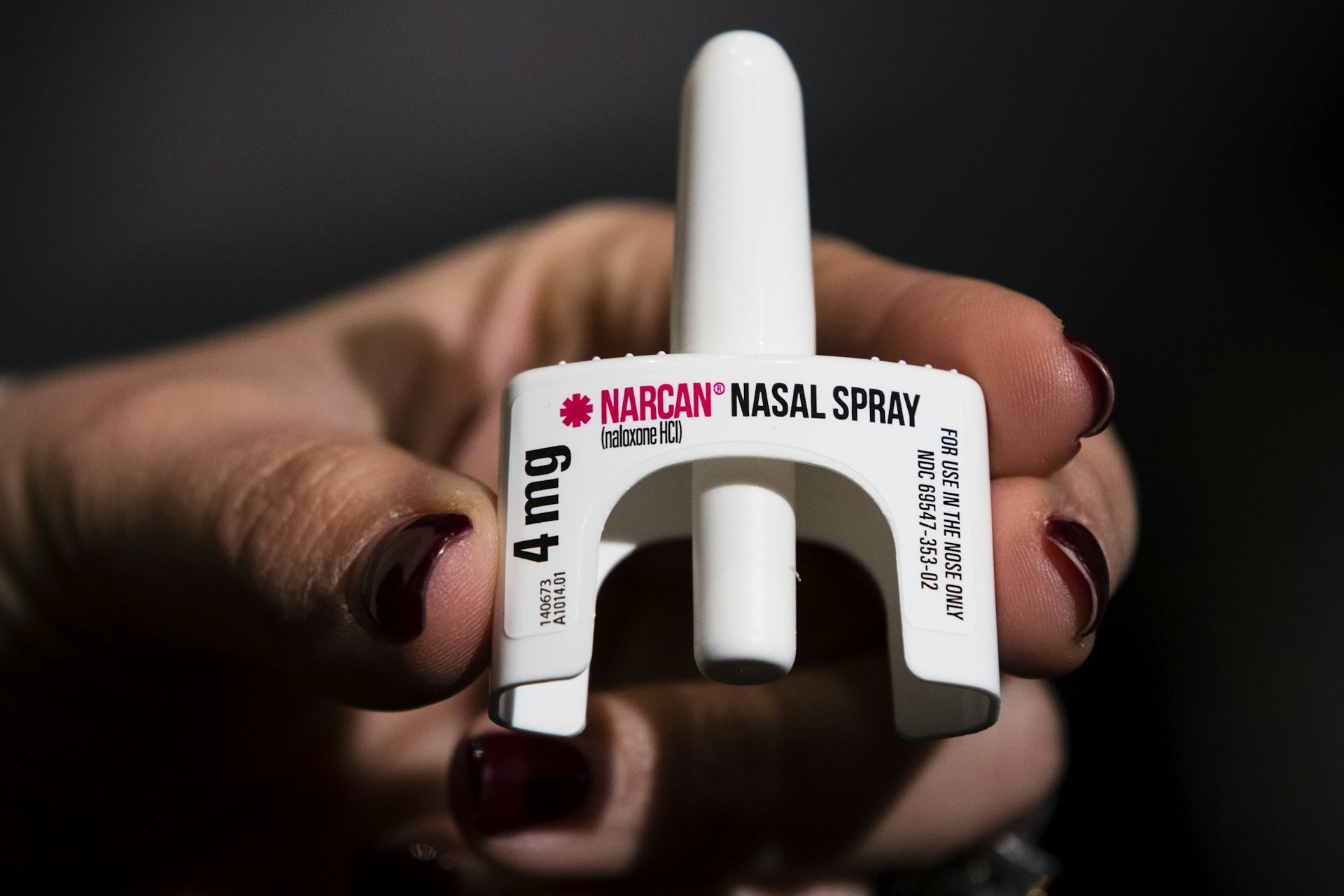What are phthalates, and how do they put children's health at risk?
Scientists issued an urgent call for better federal regulation of these endocrine-disrupting chemicals. Here's why.

You may not realize it, but you likely encounter phthalates every day. These chemicals are found in many plastics, including food packaging, and they can migrate into food products during processing. They’re in personal care products like shampoos, soaps and laundry detergents, and in the vinyl flooring in many homes.
They’re also in the news again after an editorial by scientists in the American Journal of Public Health included an urgent call for better federal regulation of the chemicals.
In particular, scientists are urging state and federal agencies to eliminate phthalates (pronounced THAL-ates) from products used by pregnant women and children. Despite evidence of the harm these chemicals can cause, federal regulation in the United States has been minimal beyond children’s toys. A recent move by the General Mills-owned food brand Annie’s to eliminate phthalates from its macaroni and cheese suggests stricter rules are feasible.
So, what’s the risk, and what can you do about it?
I’m an environmental epidemiologist who studies the impact of pregnant women’s exposure to environmental chemicals. Here are answers to three important questions about phthalates.
Who’s at risk?
Ortho-phthalates, commonly referred to as phthalates, are synthetic chemicals that are used to manufacture plastic. They help make plastic more flexible and harder to break.
Despite their abundance in many products, phthalates can be harmful to pregnant women and their children. These chemicals can disrupt the endocrine system, the glands that release hormones as the body’s chemical messengers. Studies suggest that can lead to pregnant women delivering their babies early. Other studies have found that children born to mothers exposed to high levels of phthalates can have a lower IQ and poorer social communication development, and that these children are also more likely to develop ADHD and behavior problems. Researchers have also found effects on the genital development of male infants born to mothers exposed to phthalates during pregnancy.
While phthalates can be found in nearly everyone, minority women have been found to be especially burdened. Studies show that many beauty products targeted at these communities contain high levels of chemicals.
Infants and young children may experience high phthalate levels because they often put plastic products in their mouths as they explore the world.
Phthalates can enter food at many places in the supply chain, including through plastic tubing for liquids during production, plastic storage containers and even food preparation gloves. Foods that are high in fat in particular can absorb phthalates through exposure during processing. Eating out doesn’t avoid the risk. A study of U.S. children and adults showed that those who ate food outside of their homes had higher phthalate levels.
How do I know if a product has phthalates?
Figuring out which products have high levels of phthalates isn’t always easy. While phthalates are required to be listed on ingredients labels, they are sometimes included instead as part of the fragrance, which allows them to be excluded from the ingredients list.
Many companies have voluntarily removed phthalates, and many consumer products are now labeled “phthalate free.” The Environmental Working Group’s Skin Deep website also offers a way to search for details about chemicals in cleaning and personal care products.
How do I keep my family safe?
Phthalates are rapidly metabolized and generally removed from the body once exposure stops. Until there is better regulation, a few simple changes can make a big difference in promoting health and reducing phthalate levels in the home.
One easy change is to swap out all plastic food packaging containers with glass containers. If that’s not possible, it’s best to let food cool to room temperature before placing it in plastic food storage containers.
Don’t microwave anything in plastic, because phthalates can migrate from food storage containers into food.
You can also reduce phthalate exposure by checking labels to avoid using products that include phthalates, by eating less processed food that might have absorbed phthalates during production, and by cooking more meals at home.
Stephanie Eick does not work for, consult, own shares in or receive funding from any company or organization that would benefit from this article, and has disclosed no relevant affiliations beyond their academic appointment.
Read These Next
As US hunger rises, Trump administration’s ‘efficiency’ goals cause massive food waste
Despite the administration’s claim of streamlining the government to make its operations more efficient,…
A year on, the Israeli-Lebanese ceasefire looks increasingly fragile − could a return to cyclical vi
Since the start of the truce on Nov. 27, 2024, there have been thousands of Israeli violations inside…
Absence of evidence is not evidence of absence – and that affects what scientific journals choose to
Researchers design studies that might disprove what’s called their null hypothesis – the opposite…





